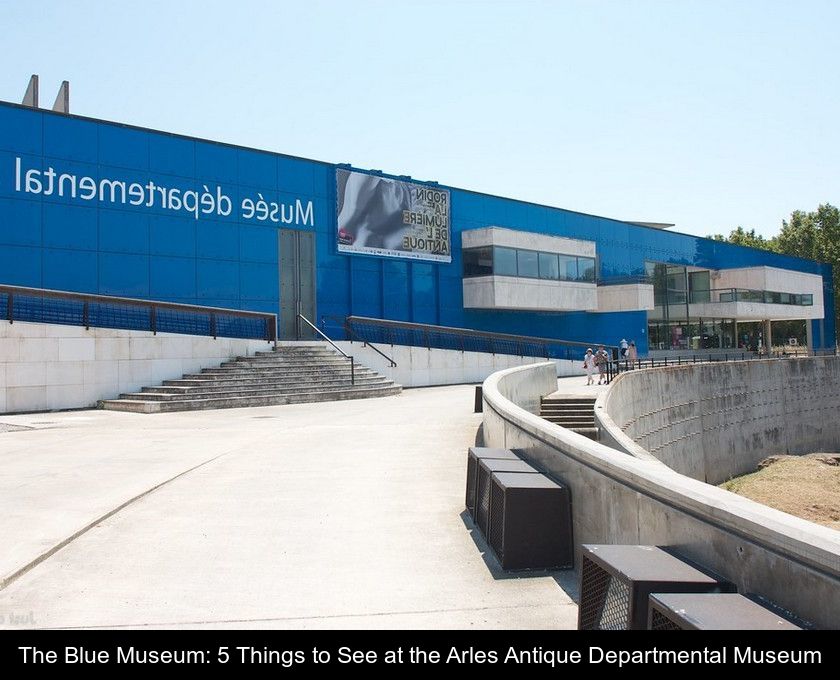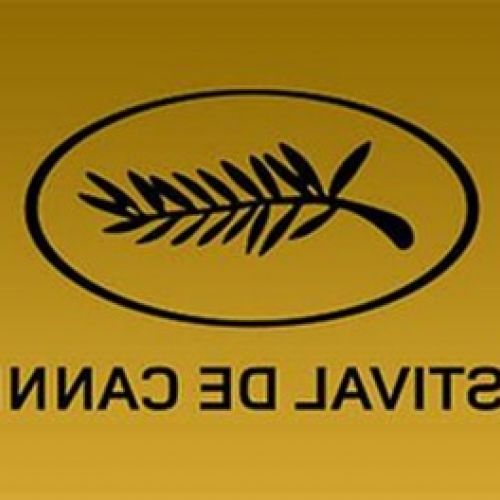The Blue Museum: 5 Things To See At The Arles Antique Departmental Museum
On a peninsula by the Rhône, on the outskirts of the city of Arles, there is a modern building that the locals fondly refer to as the Blue Museum. This building, designed by architect Henri Ciriani, houses the city's rich archaeological collections. To help you make the most of your visit, we have selected 5 things to see at the Arles Antique Departmental Museum.
1- The César of Arles
In 46 BC, Julius Caesar granted the city of Arles the privileged status of a Roman colony. He settled the veterans of the Sixth Legion there, and the city developed under the influence of these new settlers. Over the next five centuries, the city was endowed with many public monuments modeled on Rome: a forum, a theater, an amphitheater, and a circus.
Today, one of the masterpieces of the Musée Départemental Arles Antique is a presumed bust of Julius Caesar. This life-size marble bust, known as the "Caesar of Arles," was discovered in the Rhône in the fall of 2007.
It is believed to be the oldest known representation of Julius Caesar. Although the identification of this portrait is debated, this major piece in the collections of the "Musée bleu" recalls that Julius Caesar founded the Roman colony of Arelate in 46 BC, to reward the city for its support against Marseille…
2- The Venus of Arles
The layout and flow within the Blue Museum have been designed to highlight certain key pieces from the collections of the Musée Départemental Arles Antique. One of the most famous pieces is the Venus of Arles, although the statue that can be admired on-site is only a plaster copy dating from the 18th century...
The original of this depiction of the goddess Aphrodite is displayed at the Louvre Museum in Paris. This marble statue has undergone the vicissitudes of French history since its discovery in 1651 during excavations near the ancient theater of Arles.
Indeed, this Roman statue from the end of the 1st century BC was transferred to the Louvre Museum during the French Revolution, after having adorned the Palace of Versailles for over a century.
3- The barge Arles-Rhône 3
Since 2012, the Blue Museum has expanded. It has been extended by 800 m2 to accommodate an exceptional item: the nearly intact wreck of a Gallo-Roman barge. This large flat-bottomed boat, measuring 31 meters in length, was discovered in the Rhône in 2004. Although it dates from the 1st century, it was in a remarkably well-preserved state.
The wreck was removed from the river in 2011 and underwent restoration for two years. Its wood, which was saturated with water, was treated and reinforced with a polyethylene glycol resin to allow its display.
Today, this exceptional archaeological testimony is classified as a National Treasure. The Arles-Rhône 3 barge is displayed alongside the amphoras, tableware, and shipboard furniture that were found in the Rhône.
This wing of the Arles Antique Departmental Museum, dedicated to the river-maritime port of the Arelate colony, allows one to gauge the importance of trade exchanges between the port of Arles, Northern Europe, and the rest of the Mediterranean world in Roman times.
4- Roman mosaics
The Arles Antique Departmental Museum is also fortunate to have in its collections mosaics that once adorned the floors of wealthy Roman villas. The majority of these mosaics were found in the Trinquetaille district, on the right bank of the Rhône.
They feature geometric patterns and scenes from mythology such as the abduction of Europa by Zeus transformed into a white bull.
Another mosaic in the museum, known as the "Blue Mosaic," allegorically depicts the four seasons: Winter is represented by a veiled woman, Spring by a young girl wearing a floral crown, Summer by a young man crowned with ears of wheat and flowers, and Autumn by a head, unfortunately very damaged, wearing a crown of foliage.
5- Pagan and Christian sarcophagi
In the tour of the Blue Museum, the last section, dedicated to funerary rites in Roman times, also deserves your full attention. The Departmental Museum of Arles Antique can indeed boast of having one of the largest collections of sarcophagi in the world, the second most important after that of the Vatican!
These luxurious sarcophagi, carved with scenes from pagan mythology or scenes from the Old and New Testament, bear witness to the cohabitation of two worlds: that of the pagans and that of the early Christians.
The proliferation of Christian motifs such as the Latin cross, the Chi-Rho, or the fish on these sarcophagi proves the rising power of the Christian religion in the Roman Empire at the end of the 4th century. Indeed, from 313, more than a century before the fall of the Western Roman Empire in 476, an edict of tolerance granted Christians the right to practice their faith.





